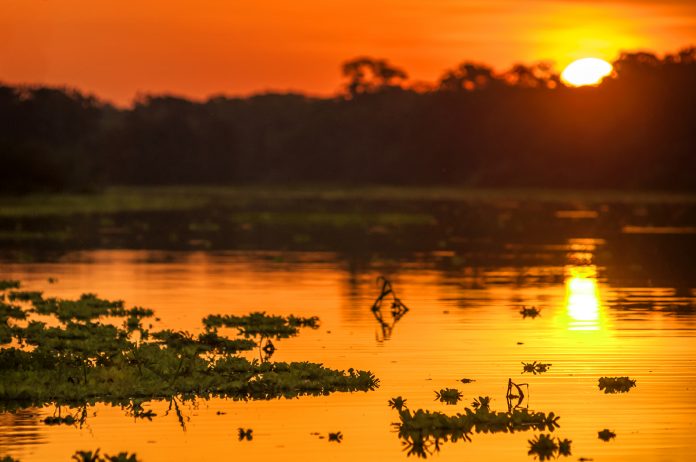When nature is eroding and ecosystems are coming under increasing stress, it can seem like the only reaction is despair: However, there are also inspiring conservation success stories from 2019
Here we discuss six of the top conservation stories of 2019.
1.) Humpback Whale numbers bounce back
The first conservation success story is a rebound in humpback whale numbers in the South Atlantic.

New research shows that thanks to intensive conservation efforts, whales in the South Atlantic have rebounded from the brink of extinction as numbers rise from 450 to over 25,000.
Intense action from the whaling industry in the early 1900s saw the population of western South Atlantic humpbacks whales fall to only 450 whales, as most of the mammals were hunted within 12 years.
After protections were put in place in the 1960s and the International Whaling Commission issued a suspension on all commercial whaling in the 1980’s, the struggling population started to recover. Now a new study co-authored by Grant Adams, John Best and André Punt from the University of Washington’s School of Aquatic and Fishery Sciences has revealed that the species’ population (Megaptera novaeangliae) has rebounded to 25,000.
The study used records from the outset of commercial exploitation of humpbacks for pervious data and air and ship based surveys, as well as advanced modelling techniques, were used to predict the current population. Authors suggest the model used in the study could be used to determine population recovery for other species.
The study also examined how the increase of South Atlantic humpbacks may impact the wider ecosystem. Whales are key to the food chain, stabilising food flow and maintaining a healthy ocean. Whale faecal plumes contain valuable nutrients that stimulate the production of microscopic marine algae, or phytoplankton, which form the base of many marine food chains making the a key part of marine ecosystems.
2.) Rewilding the Ukrainian Danube Delta
The second conservation success story of 2019 is the success of rewilding efforts in the Danube Delta.
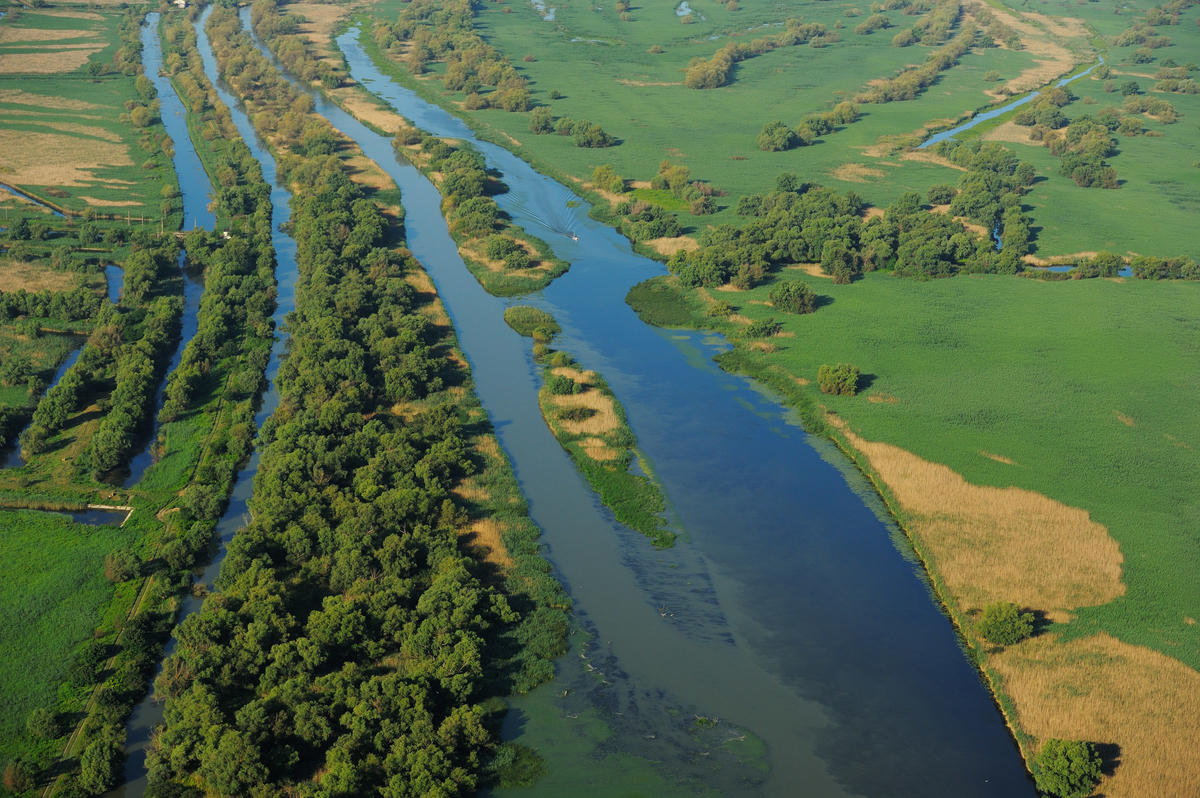
Financed by crowdfunding, the removal of 10 obsolete dams feeding the Danube Delta and the reintroduction of water buffalo will help to restore wild nature and provide economic benefit to local communities in the Delta.
Where the Danube River meets the Black Sea, lies Europe’s largest wetland area. Rewilding Europe has made efforts to re-wild the area to convert it to one of the wildest, best-protected and most famous wildlife areas of the whole continent.
Rewilding is a form of conservation aimed at protecting and restoring natural processes and wilderness areas, providing connectivity between the areas, and reintroducing apex predators and keystone species.
The Re-introduction of the Water Buffalo
May 2019 saw the release of water buffalo to the Danube Delta by Rewilding Europe.
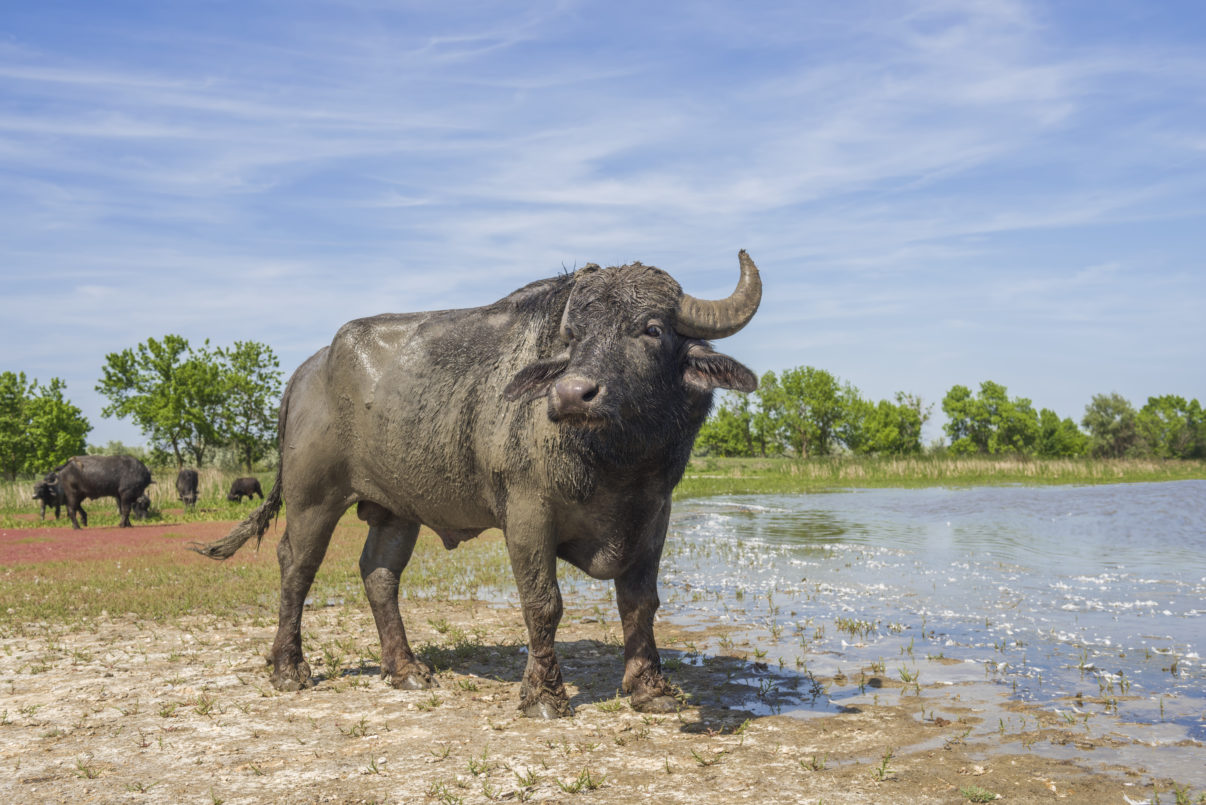
A herd of seven animals were successfully released on Ermakov Island, in the Ukrainian part of the Danube Delta in the hope they will create many benefits for nature as well as bringing tourism opportunities.
Water buffalo a positive effect on flora and fauna by feeding, trampling and wallowing, creating a more diverse landscape. They preventing single plant species from dominating the land. Furthermore, their faeces provides food for insects, while the small pools of water they create are important for many amphibians.
The removal of dams
2019 also saw the start of the removal of multiple dams in the Ukrainian Danube Delta. The removal of 10 obsolete dams on the Kogilnik and Sarata Rivers will rapidly revitalise the rivers, restore natural processes, support the comeback of wildlife, and underpin the development of local nature-based economies.
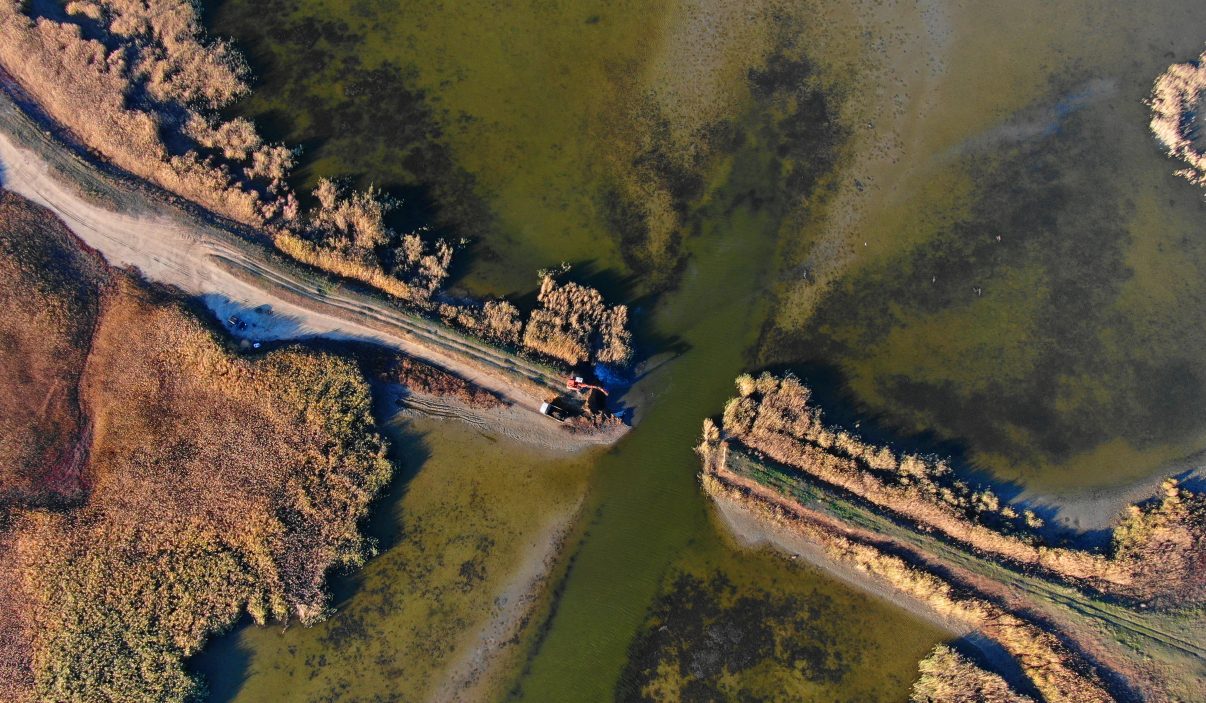
The removal was carried out by a local contractor and financed by the Endangered Landscapes Programme and a crowdfunding campaign. The campaign was organised by WWF in the Netherlands and was part of the Dam Removal Europe (DRE) initiative.
A series of 10 small dams previously restricted the flow of the Kogilnik and Sarata Rivers, negatively impacting river beds and local biodiversity. Dams in general restrict sediment flows, fragment habitats and disrupt the migratory pathways of fish. The removal of the dams will allow 20 km of new habitat to be created along the two rivers, including flooded meadows. This will be advantageous for local wildlife species, including wild carp, frogs, otters and breeding and migratory birds.
The project will enter its second phase in 2020, when feasibility studies for upriver channel clearance and restoration will be conducted.
Today rewilding is gaining momentum as a progressive and effective approach to conservation in Europe. Following this trend, Rewilding Europe continues to foster collaboration and amplify results.
3.) China, Kenya and Botswana partner to stop wildlife trafficking
Another one of our top conservation success stories of 2019 is the China’s effort to curb illegal wildlife trafficking in Africa.
Workshops are being held for Chinese nationals living and working in Kenya and Botswana to raise awareness on wildlife trafficking.
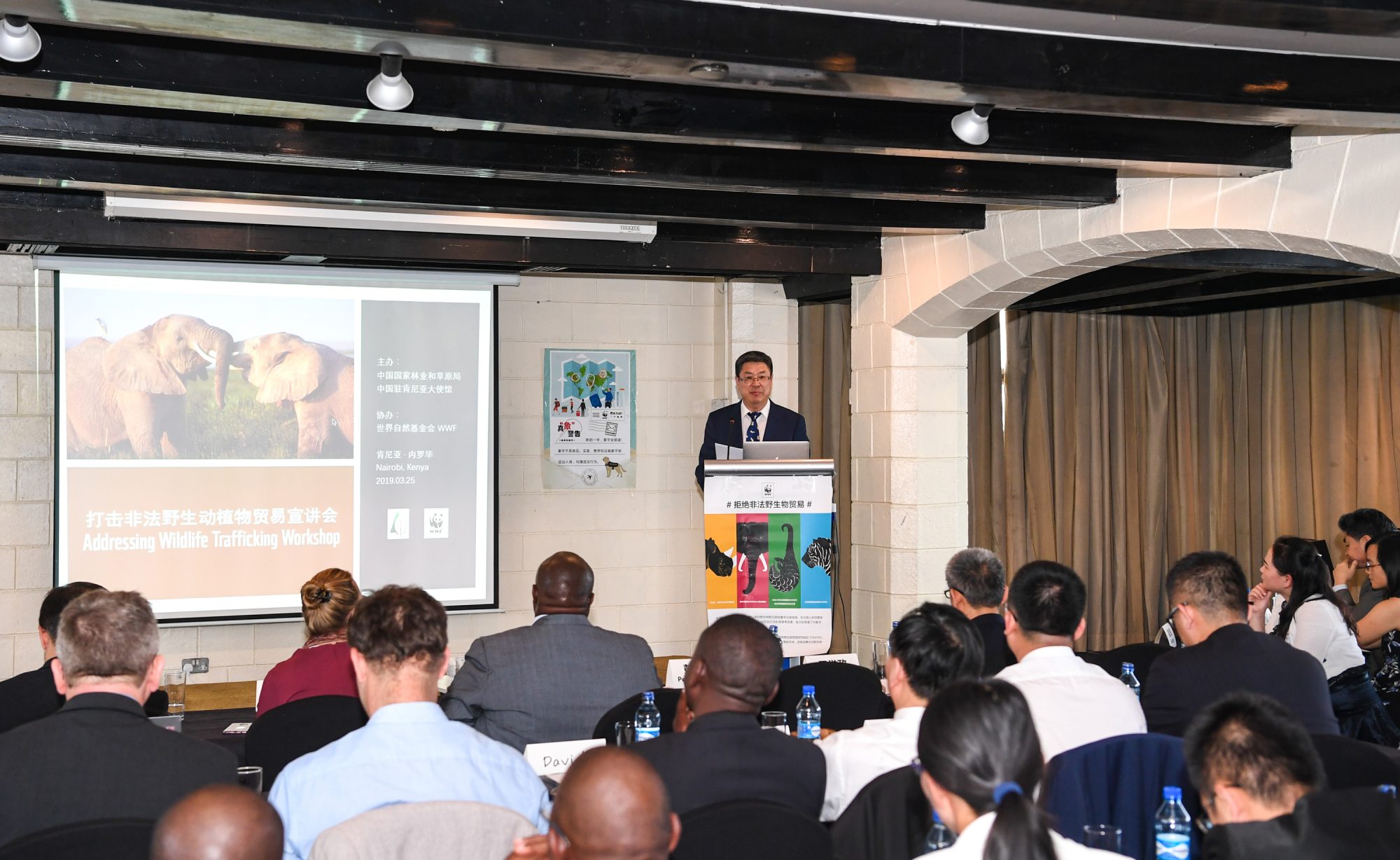
The workshops, which took place in March 2019, were attended by more than 200 Chinese nationals working in state-owned enterprises and private businesses.
With the recent expansion of Chinese investment in Africa, ivory smuggling incidents involving Chinese nationals continue to be reported. The strengthening of laws to address illegal wildlife trade and increasingly tougher penalties has meant that Chinese citizens based in these countries need to be more aware of these regulations and the consequences of engaging in wildlife crimes.
Chinese consumer demand is a main driver of the illegal wildlife trade, threatening various species including pangolins, elephants and rhinos. China’s recent decision to close its domestic ivory market, to ban the commercial processing of rhino horn and tiger bone and tighten its legislation on trade in other endangered species shows the government’s commitment to tackling illegal wildlife trade.
The Chinese government is also intensifying the monitoring of its markets and crucial transport links and increasing border inspection. The workshop in Africa are also part of the government’s long-term strategy to educate its citizens about the laws governing the wildlife trade.
Zhou Fei, chief programme officer of WWF China said:
“Legal ivory is no longer available in China. In addition, any attempt to bring ivory from abroad is illegal and will be punished by law. Ivory or rhino horn items are simply not options as souvenir or gifts for international travellers.”
A public pledge to say no to illegal wildlife trade was made at the end of the workshop by the representatives of the local Chinese nationals and companies in Kenya and Botswana. The workshop was the 15th of its kind, jointly conducted by WWF and China’s National Forestry and Grassland Administration, in collaboration with various Chinese Embassies in Africa.
4.) Mountain gorilla numbers grew despite threats
The fourth in a line of conservation success stories of 2019 is an increase in mountain gorilla numbers.
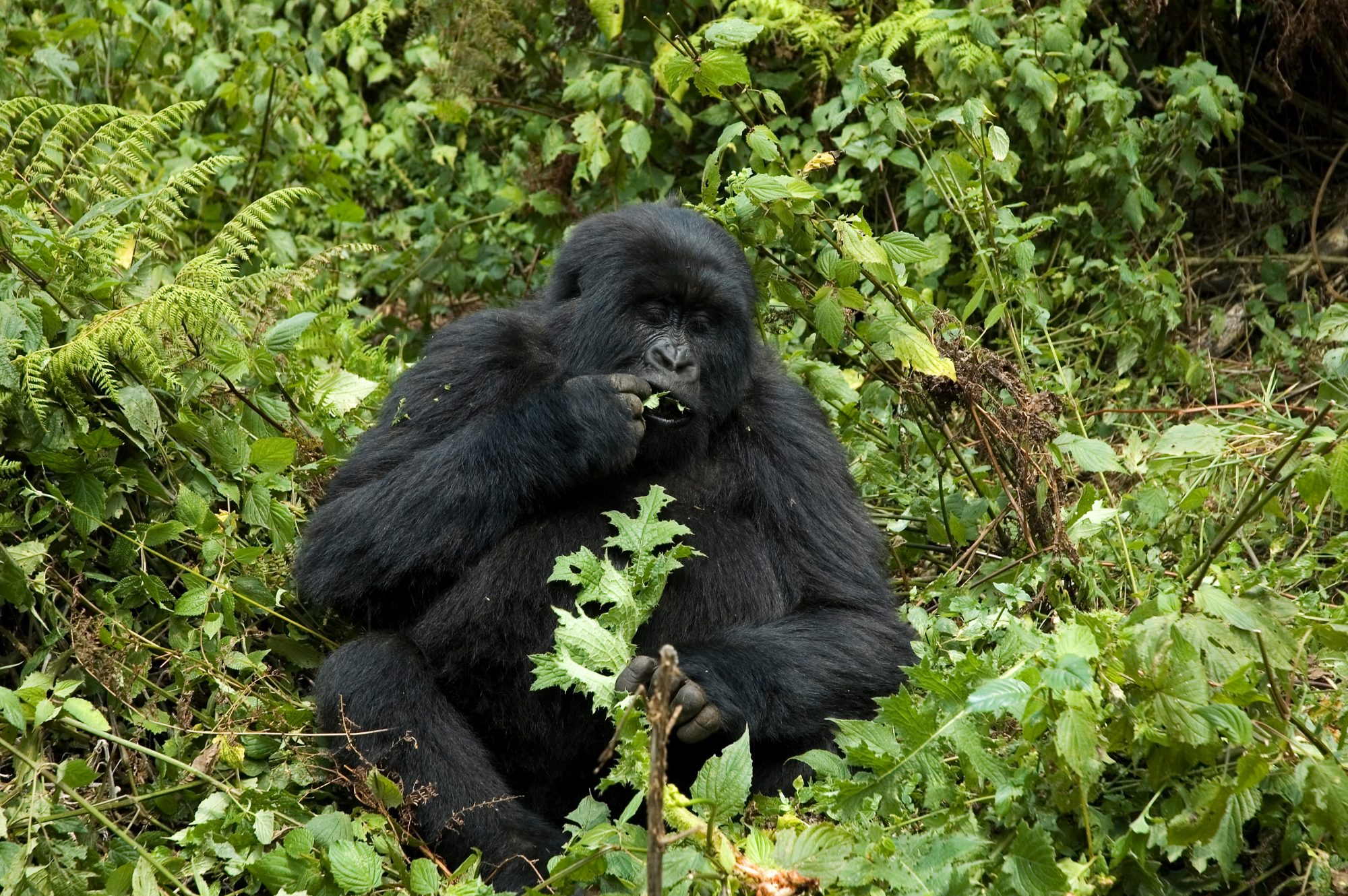
Mountain gorillas were once were once expected to become extinct by the end of the twentieth century, but thanks to sustained conservation efforts, a recently released survey has shown an increase in numbers in the Virunga Massif. Numbers rose from 480 in 2010 to 604 in 2016.
The Virunga Massif is spread across the DRC, Uganda and Rwanda and covers 11,445 acres. It is one of only two areas where mountain gorillas can be found.
Although the increase in numbers brings the global population of mountain gorillas to over 1,000 individuals, they still remain a critically endangered species in urgent need of protection. They are often caught in snares and traps that set out to capture antelopes for meat. More importantly, due to their limited range and proximity, they are also vulnerable to the impacts of human development and disease.
The survey
The mountain gorilla conservation survey in Virunga Massif was undertaken by the Protected Area Authorities in the DRC, Rwanda, and Uganda under the transboundary framework of the Greater Virunga Transboundary Collaboration.
The teams surveying the mountain gorillas used electronic devices to gather information on population numbers, demographics and threats the species may face. Mountain gorillas are the only species of great apes that are not seeing a decline in their populations.
Bas Huijbregts, manager for African species conservation at WWF said:
“This hopeful news for mountain gorillas solidifies an upward population trend that started over a decade ago. It is the result of impressive long-term collective conservation efforts between the three gorilla range countries and their partners, which not only benefits our closest relatives but also supports the livelihoods of local people in the Virunga’s.”
5.) The world’s largest clean-up of ocean plastic
Another one of the top conservation success stories of 2019 is the attempt to remove plastic from the oceans.

Every year, millions of tons of plastic enter the oceans and a large portion is caught in a vortex of circulating currents, known as garbage patches – the biggest being the Great Pacific Garbage Patch.
100 million marine animals die each year from plastic waste. Over 100,000 marine animals die every year from entanglement in plastic and it is estimated that 12-14,000 tons of plastic are ingested by North Pacific fish annually.
The Ocean Clean Up project, founded in 2013 by Boyan Slat, aims to extract plastic pollution from the oceans using a barrier pushed by wind and currents to scoop up marine debris in the garbage patches in the hope to reduce the impacts of plastic on marine wildlife.
2019 saw the System 001/B successfully start capturing and collecting marine plastic debris in the Great Pacific Garbage Patch using the natural forces of the ocean to catch and concentrate plastic. In addition to capturing visible pieces of plastic debris, as well as ghost fishing nets, the System 001/B also successfully captured microplastics as small as 1mm.
Boyan Slat said:
“After beginning this journey seven years ago, this first year of testing in the unforgivable environment of the high seas strongly indicates that our vision is attainable and that the beginning of our mission to rid the ocean of plastic garbage, which has accumulated for decades, is within our sights.”
“Our team has remained steadfast in its determination to solve immense technical challenges to arrive at this point. Though we still have much more work to do, I am eternally grateful for the team’s commitment and dedication to the mission and look forward to continuing to the next phase of development.”
Although the Ocean Clean Up is only targeting a small percentage of marine plastic waste, the invention is a step in the right direction to help the chances of survival for many marine species.
6.) $140 million invested in protecting the Peruvian Amazon
The last conservation success story of 2019 is the investment of $140 million into the Amazon.

The Amazon is in the news time and time again for forest fires making way animal agriculture, destroying the local flora and forcing animals from their homes, causing the extinction of many species. However the government of Peru, WWF and partners have committed US $140 million for the conservation and protection of the Peruvian Amazon.
The much needed investment will go into expanding and managing nearly 17 million hectares of protected areas in the Peruvian Amazon. The government-led initiative will allow Peru’s protected areas to be financially sustainable, by promoting the wellbeing of the local people who depend upon the health of the rainforests, which in turn will conserve the local biodiversity and ecosystems.
Peru is one of the world’s most biodiverse countries with 60% of Peruvian territory covered by the Amazon rainforest, more than in any other country. It is home to thousands of plants and animals such as Jaguars, the Amazon River dolphin and the spectacled bear.
Over 330,000 people depend directly on the services that forests provide and many benefit from a healthy, rich and biodiverse forest, rather than a deforested one.

